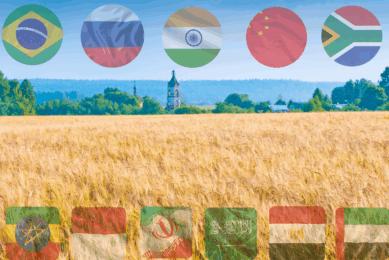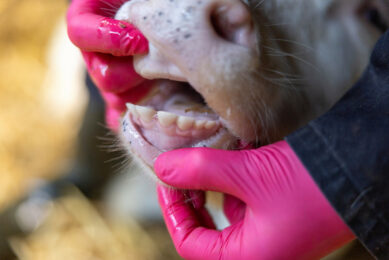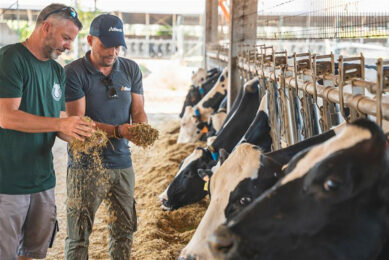Magazine edition 2: A look at a chronic vet shortage globally
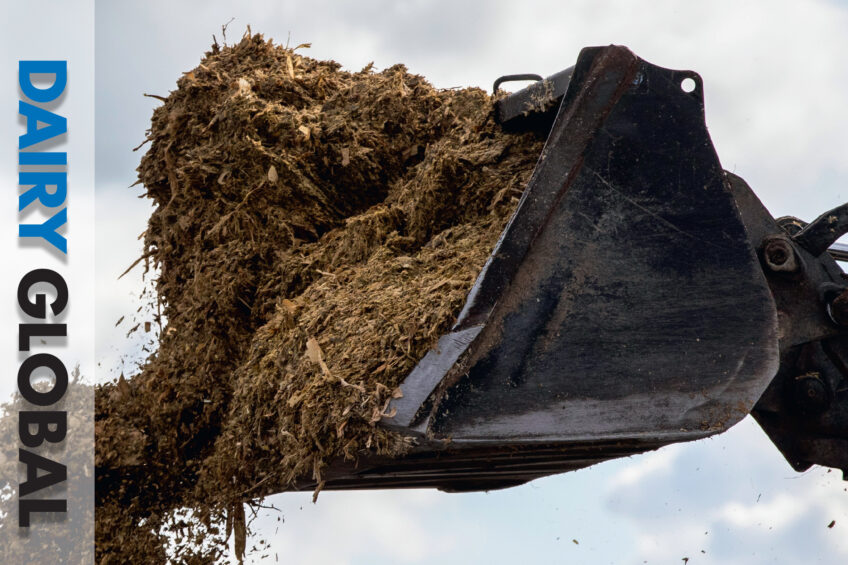
Heat stress, feed efficiency and the global problem of a chronic vet shortage – these are the highlighted topics in this magazine edition. For these highlights and more topics, read the digital magazine version now.
Chronic vet shortage: A global problem
Food animal veterinarians are integral to maintaining the safe supply of food and to ensuring a high level of animal health and welfare. Chronic and widespread shortages of large animal veterinarians threaten stability and put animal health and well-being at risk. Industry experts from the United States, Germany, Ireland and Canada offer insights into the factors leading to these shortages and talk about what needs to be done to resolve the issue in their respective countries. Page 6
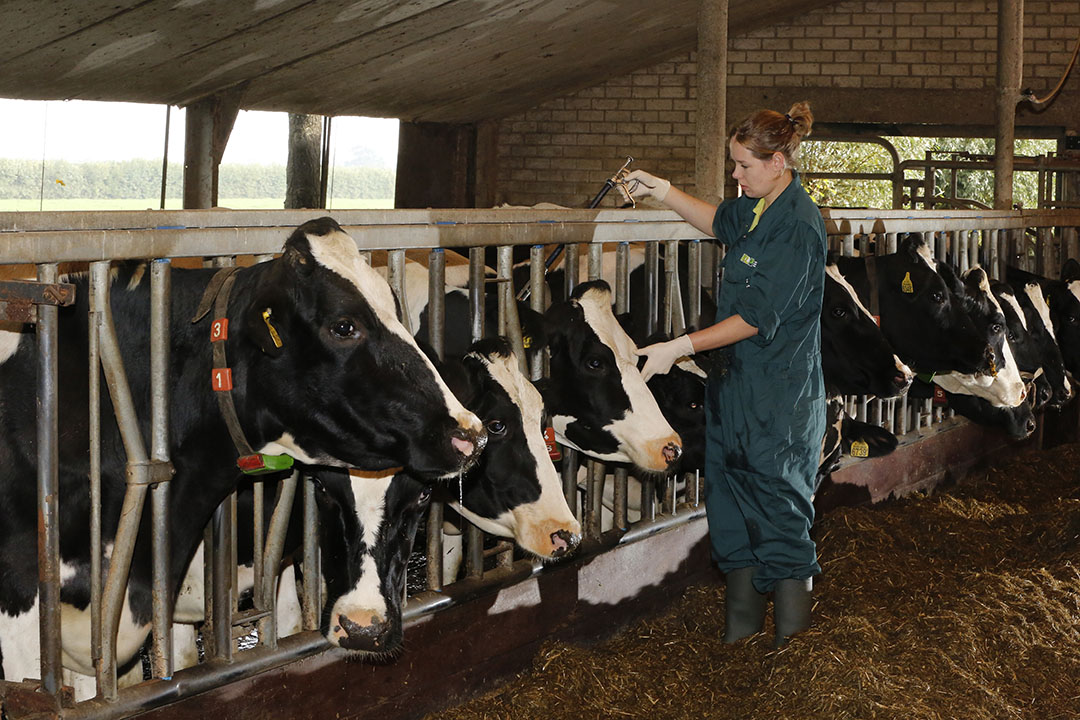
Feed in Europe: costs, climate and sourcing
Energy crisis crippling South African farmers
When we think of the global agricultural sector and the issues that need addressing, certain ones come to mind, such as methane emissions and feed efficiency in the dairy sector. However, South Africa’s agricultural sector is also dealing with ‘load shedding’. What is the impact of this and how does it affect the South African dairy industry? Load shedding disrupts the lives of South Africans, who are going for hours every day without electricity. This has been happening since 2007. These power cuts aim to prevent a nationwide blackout by reducing the high demand on the ageing coal-powered plants. Page 11
7 tips to manage feed wisely
With current milk prices falling, dairy farmers must now keep a very tight rein on their costs – particularly feed, fuel and fertiliser – in order to make a profit. Back in October 2021, milk prices in the UK were around £0.30 (US$0.38) per litre and quickly rose to almost £0.50 (US$0.63) per litre by October 2022. The cost of producing 1 litre of milk also rose to around £0.40 (US$0.50) per litre, emphasising how tight dairy farm profit margins really are. Page 13
Farm visit: heading for rapid growth in Germany
Frank, Mirco and Dennis Heilemann are heading for rapid growth in Rotenburg, Germany. In 2015, they built new housing for 750 cows and expanded by 450 cows. The expansion of the cubicle barn by another 300 places started in April 2023, and the number of cows producing milk will increase to over 1,000. In the lead-up to the expansion by 300 cows, the Heilemanns “quickly” invested in calf rearing at the end of 2022. New German regulations, in force since 1 January 2023, state that calves must be 28 days old before they can be transported. Page 14
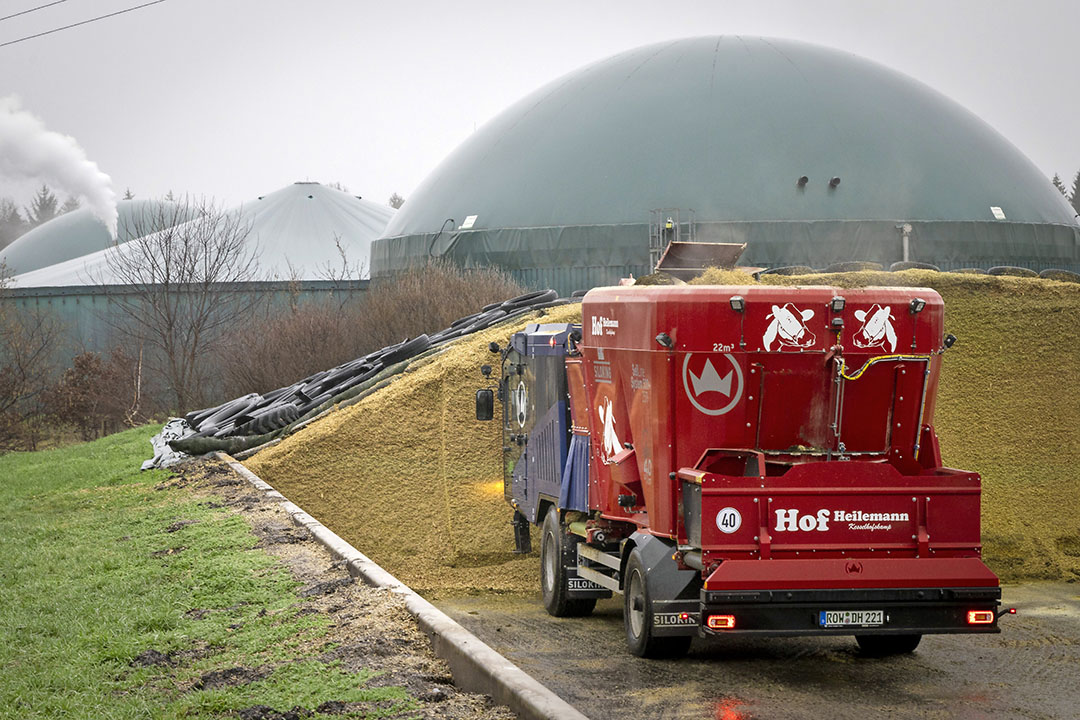
Mastitis: where are we now?
Mastitis has been a front-of-mind topic of discussion in the dairy world and has also been researched extensively over the years. As one of the most common diseases affecting dairy cows, mastitis is a significant area of concern for both farmers and veterinarians. Mastitis can severely affect the health and milk production of dairy cows and is often the reason for increased culling rates. The annual global cost to farmers of the disease can be as much as USD$19.7 billion to $32 billion. Page 18
High-producing lactating cows and heat stress
Researchers have investigated the impact of heat stress in Australian dairy cows grazing summer pastures, seeing high temperatures and humidity leading to a significant drop in milk production – but this can be rectified. Led by The University of Melbourne and the University of Ghana, researchers at the Faculty of Veterinary and Agricultural Sciences investigated the effect of summer heat on lactating Holstein Friesian cows at the Australia university’s robotic milking farm in Dookie, Victoria. Page 19
Feed factors to maximise milk income
Efficient feeding of the herd is a key factor that affects dairy farm profitability. Maximising the production of home-grown feed is essential, according to Dairy Australia. Research from across the world, including Australia, has repeatedly demonstrated the link between increased levels of home-grown feed and higher profitability. This applies regardless of the feeding system or level of intensity of the farm. Page 21
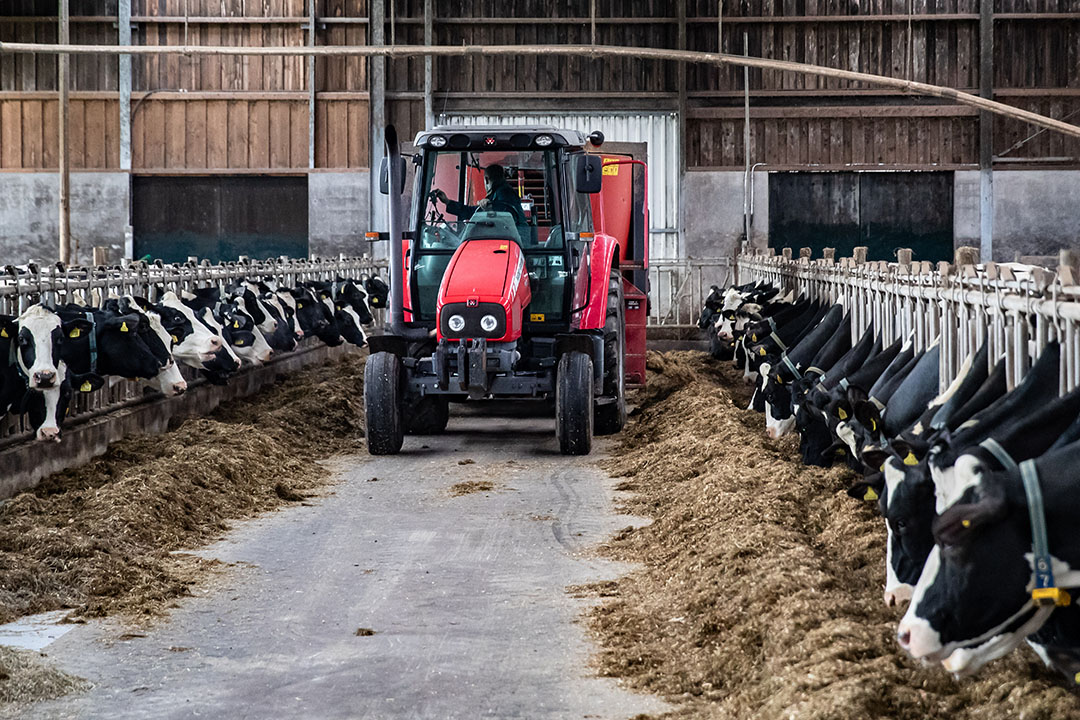
10 practices to manage heat stress
Heat stress in dairy cows is often mistakenly thought to happen only in the Middle East and other countries savaged by high temperatures. However, with the world heating up thanks to a myriad of factors, climate change is driving up the incidence of heat stress in cows in many other locations. Even in cooler climates, such as the UK and Ireland, summer temperatures are continuing to climb, affecting more cows every year. Page 23
Genetic selection: resistance to retained placenta
Retained placenta is a prevalent reproductive disorder in dairy cows that is defined as the failure to expel foetal membranes within 24 hours after parturition, causing the risk of uterine infections and infertility. Retained placenta leads to an estimated financial loss of US$150 to US$386 per cow per lactation due to increased culling risk, reduced reproductive performance, enhanced calving interval, augmented veterinary costs and decreased milk yield. Page 25
Join 13,000+ subscribers
Subscribe to our newsletter to stay updated about all the need-to-know content in the dairy sector, two times a week.




